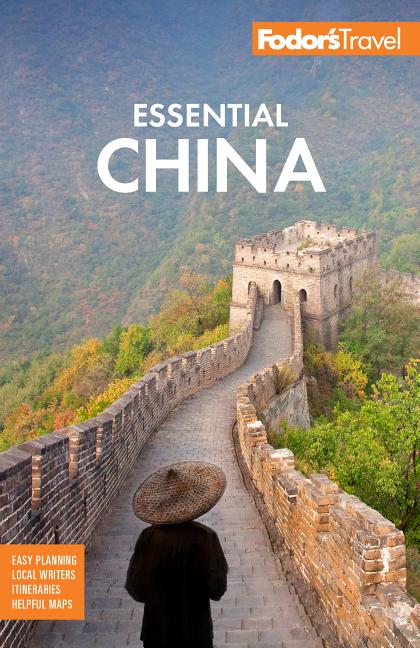Shanghai History
Until 1842, the "City Above the Sea" was a small fishing village. After the first Opium War, the village was carved up into autonomous concessions administered concurrently by the British, French, and Americans.
With dance halls, glitzy restaurants, international clubs, brothels, opium dens, and a racetrack, Shanghai catered to the rich. The "Paris of the East" was known as a place of vice and indulgence. It was amid this glamour and degradation that the Communist Party held its first meeting in 1921.
In the '30s and '40s, the city suffered raids, invasions, and occupation by the Japanese. After the war's end, Nationalists and Communists fought a three-year civil war for control of China. The Communists declared victory in 1949 and established the People's Republic of China. Between 1950 and 1980, Shanghai's industries soldiered on through periods of extreme famine and drought, reform, and suppression. Politically, the city was central to the Cultural Revolution and the Gang of Four's base. The January Storm of 1967 purged many of Shanghai's leaders, and Red Guards set out to destroy the "Four Olds": old ways of ideas, living, traditions, and thought.
In 1972, with the Cultural Revolution still going, Shanghai hosted the historic meeting between Premier Zhou Enlai and U.S. President Richard Nixon. In 1990, China's leader, Deng Xiaoping, chose Shanghai as the center of the country's commercial renaissance, and it has again become a place of hedonism and capitalism, one of China's most ideologically, socially, culturally, and economically open cities.




